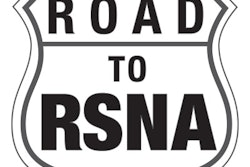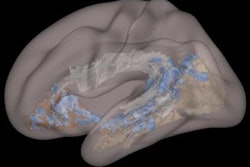Kanal, director of MRI services at the University of Pittsburgh, plans to provide an overview of the research that brought to light the potential adverse effects of GBCAs in terms of both nephrogenic systemic fibrosis (NSF) and gadolinium retention. He will also outline some of the similarities and significant clinical differences between these two concerns.
In 2006, researchers discovered a relationship between the intravenous administration of at least some GBCAs and the onset of NSF in patients with significant renal disease. Some eight years later, GBCAs were found to leave trace amounts of gadolinium in brain tissue and other organs years after some patients with normal renal function underwent a contrast-enhanced MRI scan.
Now, in 2019, clinicians and researchers have learned much, but many questions are still unresolved.
"Perhaps the single main question that remains ... is whether there is any significant clinical consequence or harm as a result of such deposition, and if that potential consequence is the same in type and incidence for all [GBCAs]," Kanal wrote in the session abstract. "This presentation will attempt to provide a succinct summary of the more salient issues and facts that we know regarding retained gadolinium and will, at the same time, stress what we still do not confidently know or understand regarding the safety of gadolinium retention in humans today."



















